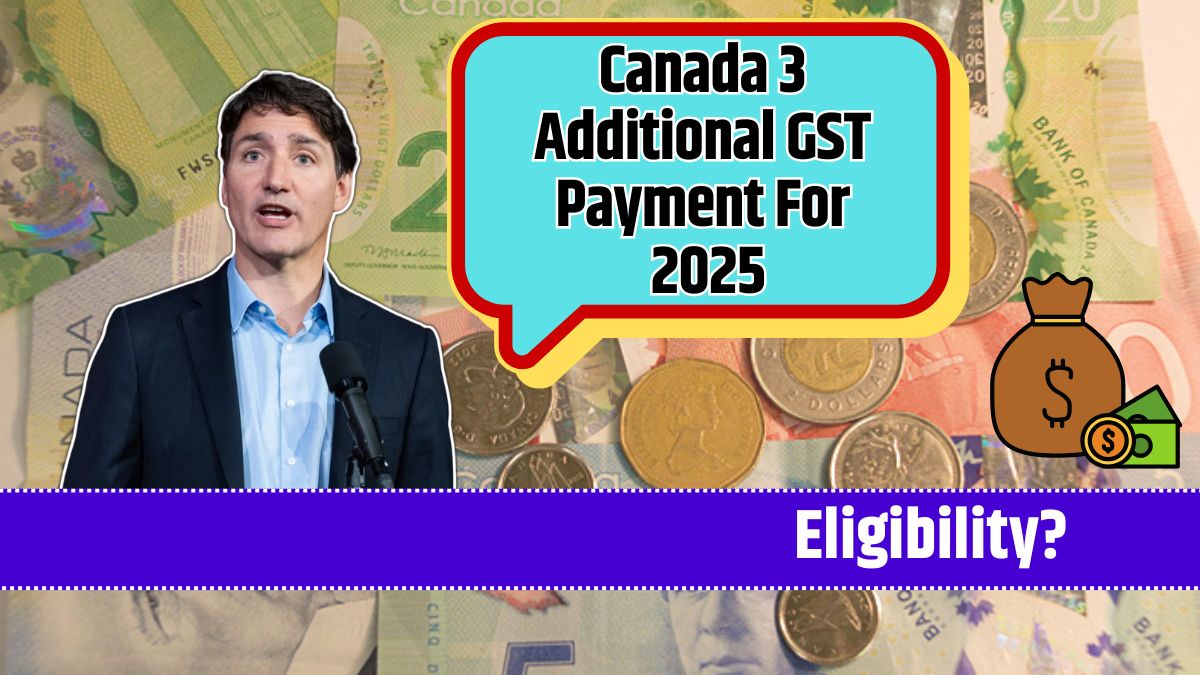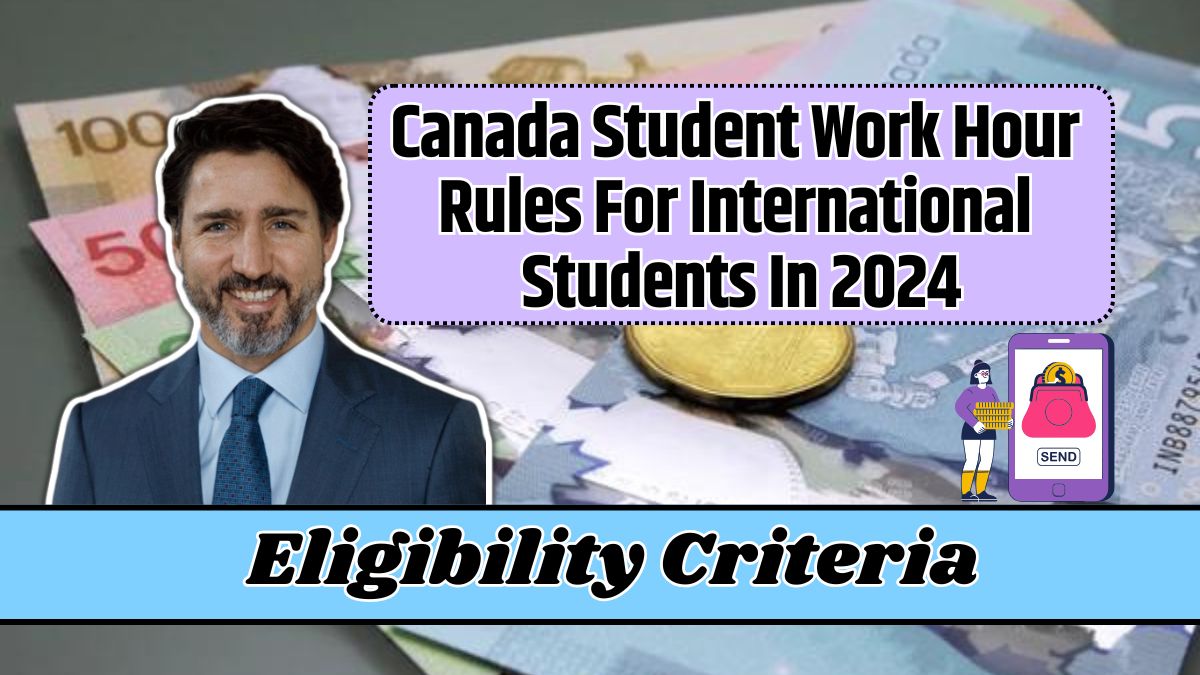Navigating life with a permanent medical condition can be challenging, especially when work is not an option.
Australia’s Disability Support Pension (DSP) offers financial relief for eligible adults over 25, providing up to $1,020.60 every fortnight.
This guide will help you understand the eligibility criteria, application process, and additional benefits available under this program.
What is the Disability Support Pension?
The DSP is a government program designed to support individuals who cannot work due to a permanent medical condition.
It aims to cover essential expenses like housing, groceries, and healthcare, offering financial stability to those in need.
For single adults over 25, the maximum payment is $1,020.60 per fortnight in 2024. For couples, each partner can receive up to $769.80 per fortnight.
The amount you receive depends on factors like income, assets, and specific circumstances (e.g., being legally blind may qualify you for additional support).
Eligibility Criteria
To qualify for the DSP, you must meet the following requirements:
1. Age
Applicants must be at least 16 years old, but those over 25 are eligible for the higher payment rate of $1,020.60 per fortnight.
2. Permanent Medical Condition
Your condition must:
- Prevent you from working 15 hours or more per week.
- Be permanent and unlikely to improve within two years.
Conditions could include physical disabilities, chronic illnesses, or mental health disorders.
3. Work Capacity
Centrelink assesses your ability to work using medical documents and a Job Capacity Assessment (JCA). Even with a medical condition, you may be ineligible if you can work more than 15 hours weekly.
4. Residency
You must meet Australian residency requirements:
- Be an Australian citizen or permanent resident.
- Have lived in Australia for at least 10 years.
How to Apply for DSP
Applying for the DSP can seem complicated, but it becomes manageable when broken into five steps:
Step 1: Check Eligibility
Use Centrelink’s DSP eligibility tool online or consult a Centrelink representative to confirm you meet the basic requirements.
Step 2: Collect Medical Documentation
Gather reports from your GP or specialist that include:
- A diagnosis of your condition.
- Evidence of treatment plans and test results.
- Proof that your condition impacts your ability to work.
Step 3: Submit Your Application
- Online: Log in to myGov, link your Centrelink account, and complete the DSP application form.
- In-person: Visit a Centrelink office and submit your documents with staff assistance.
You’ll also need to provide:
- Proof of identity.
- Details of income and assets.
- Residency documentation.
Step 4: Attend a Job Capacity Assessment (if required)
Centrelink may arrange a JCA to evaluate how your condition affects your ability to work. This assessment is conducted by a healthcare professional.
Step 5: Await the Outcome
Centrelink will review your application, including medical and financial details. The processing time can take weeks or months, depending on the complexity.
How Much Can You Receive?
Here’s a breakdown of DSP payments:
| Recipient Type | Payment (Fortnightly) |
|---|---|
| Single Adults (25+) | Up to $1,020.60 |
| Couples (Each Partner) | Up to $769.80 |
Note: Payments may reduce based on your income and assets.
What Happens After Approval?
Once approved, payments will be deposited into your account every two weeks.
Beyond the financial support, DSP recipients may qualify for additional benefits:
1. Healthcare Concessions
Receive discounts on:
- Prescription medications.
- Doctor visits (bulk-billing).
- Allied health services.
2. Public Transport Discounts
Most states offer reduced or free fares for DSP recipients, making travel more affordable.
3. Utility Bill Concessions
Depending on your state, you may qualify for discounts on electricity, water, and gas bills.
Maintaining DSP Eligibility
To continue receiving the DSP, you must meet the eligibility criteria on an ongoing basis:
- Update Income Details: Inform Centrelink if your income or assets increase.
- Renew Periodically: In some cases, you’ll need to confirm eligibility, especially if your condition might improve.
What If You’re Denied?
If your application is unsuccessful, don’t lose hope. You have the right to:
- Request a Review: Ask Centrelink to reassess your application.
- Appeal the Decision: File a formal appeal within 13 weeks of receiving the denial notice.
- Seek Assistance: Visit Centrelink or consult with community legal services to strengthen your case.
The DSP offers essential support for adults over 25, enabling them to live with dignity despite medical challenges.
With up to $1,020.60 every two weeks, along with healthcare and utility concessions, the program is a lifeline for thousands of Australians.
By understanding the process and meeting the criteria, you can navigate your way to accessing this vital financial assistance.
















